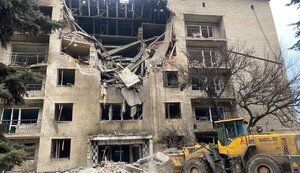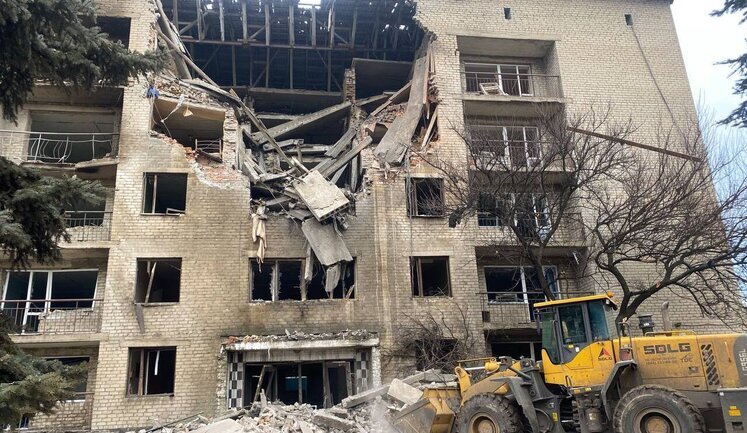Internally displaced persons (IDPs) in Ukraine continue to face significant challenges due to ongoing conflicts. Recent efforts by the Ukrainian government, as approved by the Cabinet of Ministers, aim to enhance support for these individuals. Initiatives focus on strengthening aid for those who flee from active hostilities. However, there are concerns about insufficient support, as highlighted by the head of the Servant of the People party, who addressed the failures in housing assistance leading many to return to occupied areas. Despite these challenges, international bodies like the Parliamentary Assembly of the Council of Europe have adopted resolutions for long-term support for IDPs. There is also a pressing call for increased financial aid to sustain the well-being of these displaced populations.
What measures has the Ukrainian government taken for IDPs?
The Ukrainian Cabinet of Ministers has approved several decisions to enhance support for internally displaced persons. These include increased financial aid and improved housing assistance, aiming to help those fleeing active conflict zones. However, there are challenges in execution, with some programs struggling due to financial constraints.
Are there statistics on Ukrainians returning from abroad?
Currently, there are no accurate statistics on the number of Ukrainians returning from abroad for permanent residence. The Ombudsman's Office has noted the lack of precise data, which is a challenge in understanding migration trends and making informed policy decisions.
How is the international community supporting IDPs in Ukraine?
The international community, notably the Parliamentary Assembly of the Council of Europe, has shown support by adopting resolutions for long-term aid to Ukrainian asylum seekers and IDPs. These efforts are crucial in addressing the complex needs of displaced populations and ensuring sustainable support.
What are the challenges faced by IDPs in Ukraine regarding housing?
One of the significant challenges for IDPs in Ukraine is access to adequate housing. State programs designed to assist with housing have been criticized for failing to meet needs due to financial shortfalls. This situation forces many displaced individuals to return to occupied territories, highlighting the urgent need for more robust support mechanisms.
What is the role of the Ministry of Reintegration regarding IDPs?
The Ministry of Reintegration plays a crucial role in managing and allocating resources for IDPs. They have reported on the allocation of payments specifically aimed at supporting displaced families. The ministry is central to implementing policies and programs designed to assist those displaced within Ukraine.
Did the attacks on IDP residences impact the government's policies?
Attacks on IDP residences, like those in Dobropillia, highlight the vulnerability of displaced populations and underscore the critical need for enhanced security measures and robust government policies. Such incidents often lead to increased scrutiny and calls for stronger protective responses from the government to ensure the safety and well-being of IDPs.
How does financial assistance impact the lives of IDPs in Ukraine?
Financial assistance is vital for the survival and stability of IDPs in Ukraine, providing essential support to cover basic needs such as food, shelter, and healthcare. Increased financial aid can significantly improve their quality of life, reduce hardship, and enable a path toward rebuilding their futures amidst ongoing instability.
















